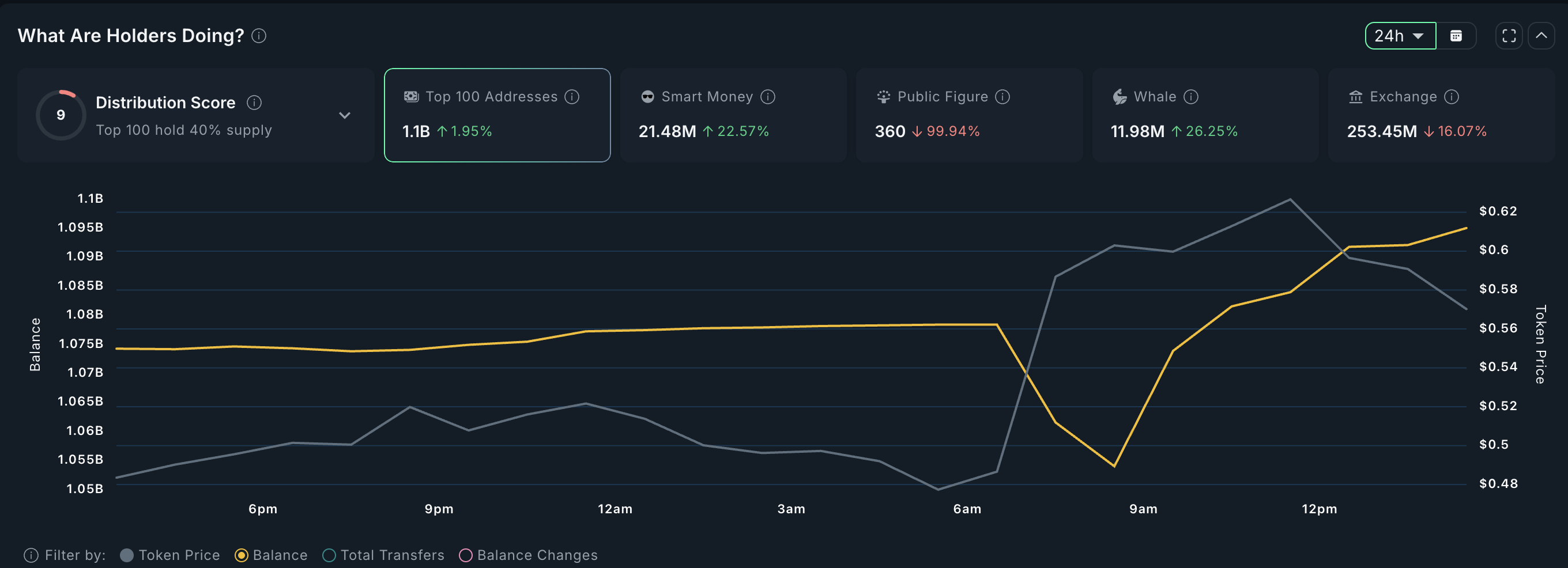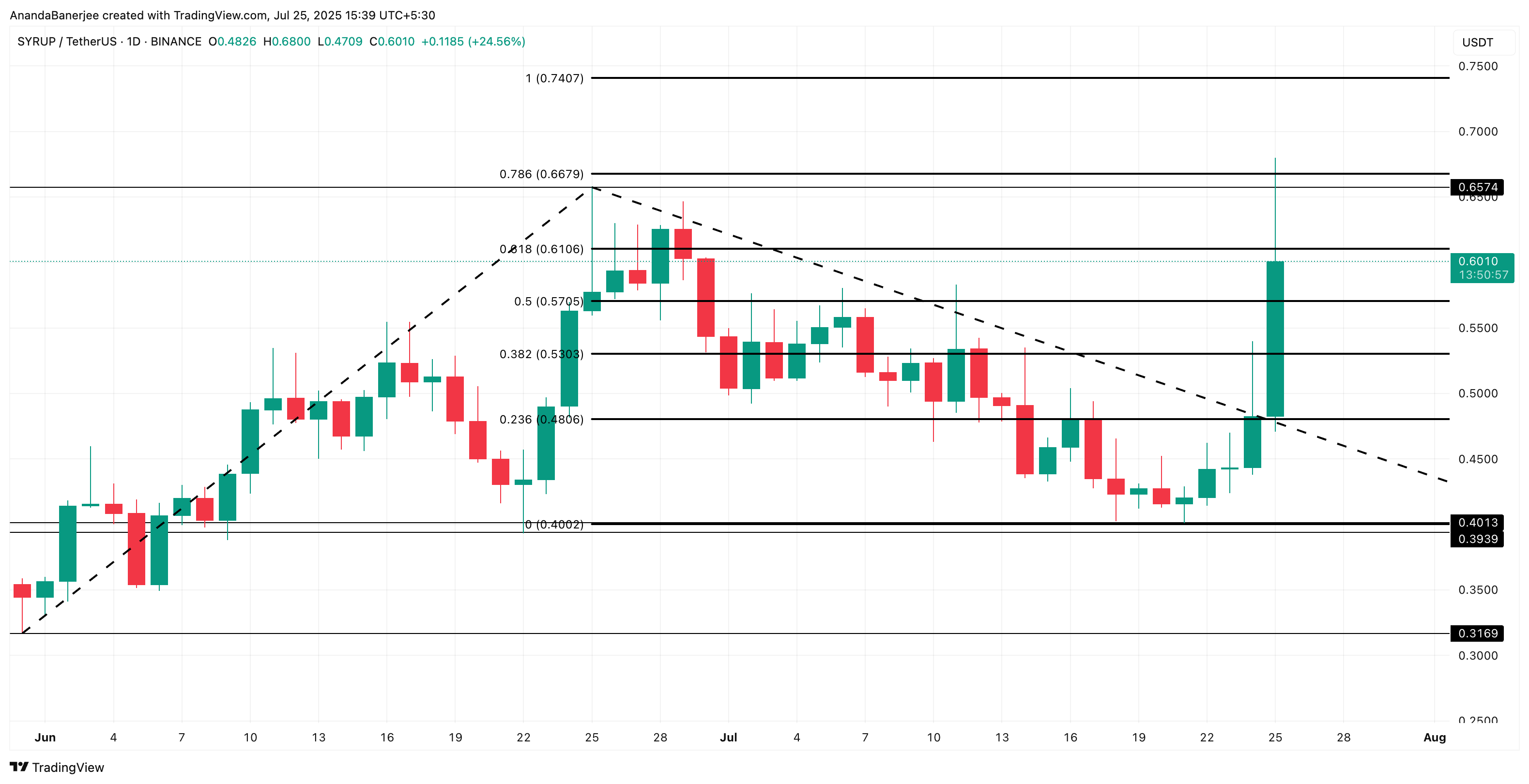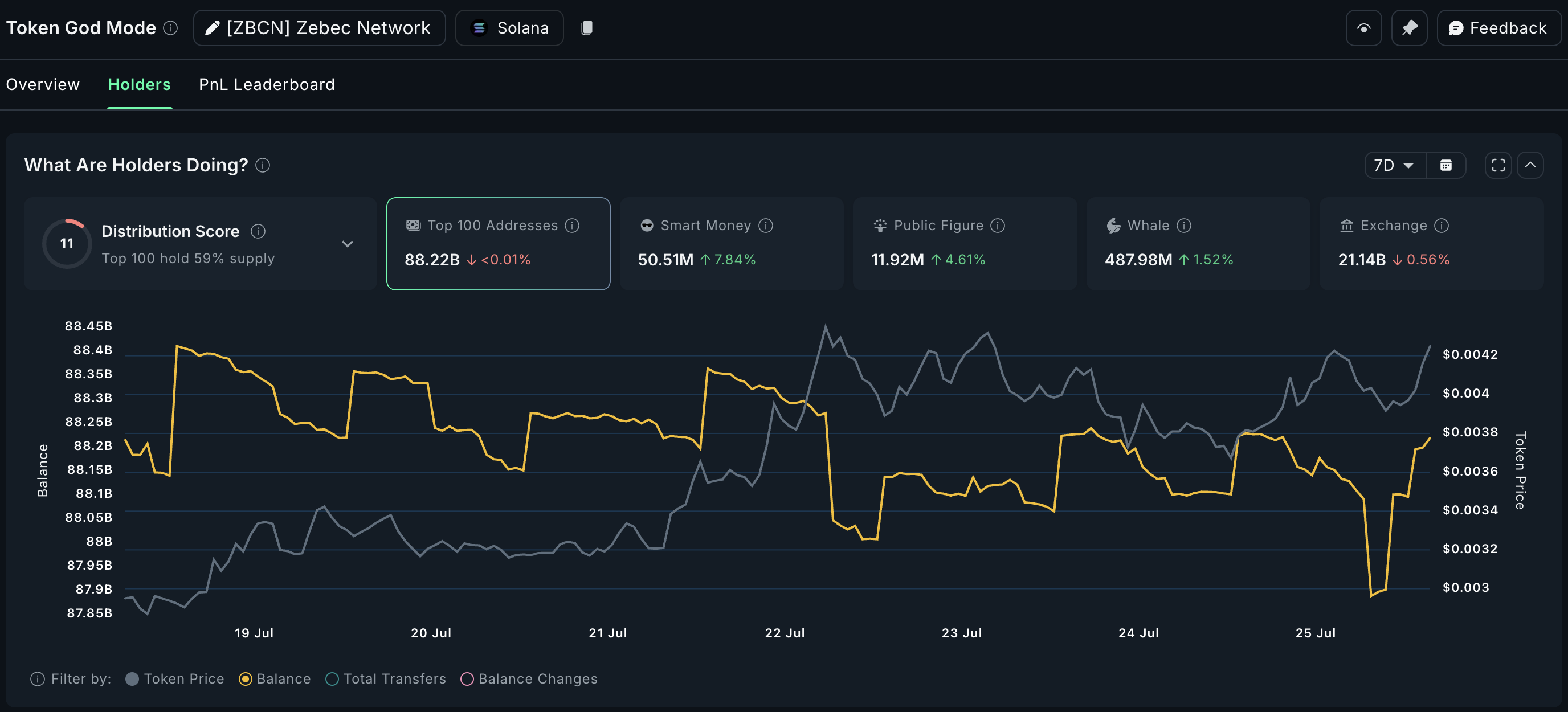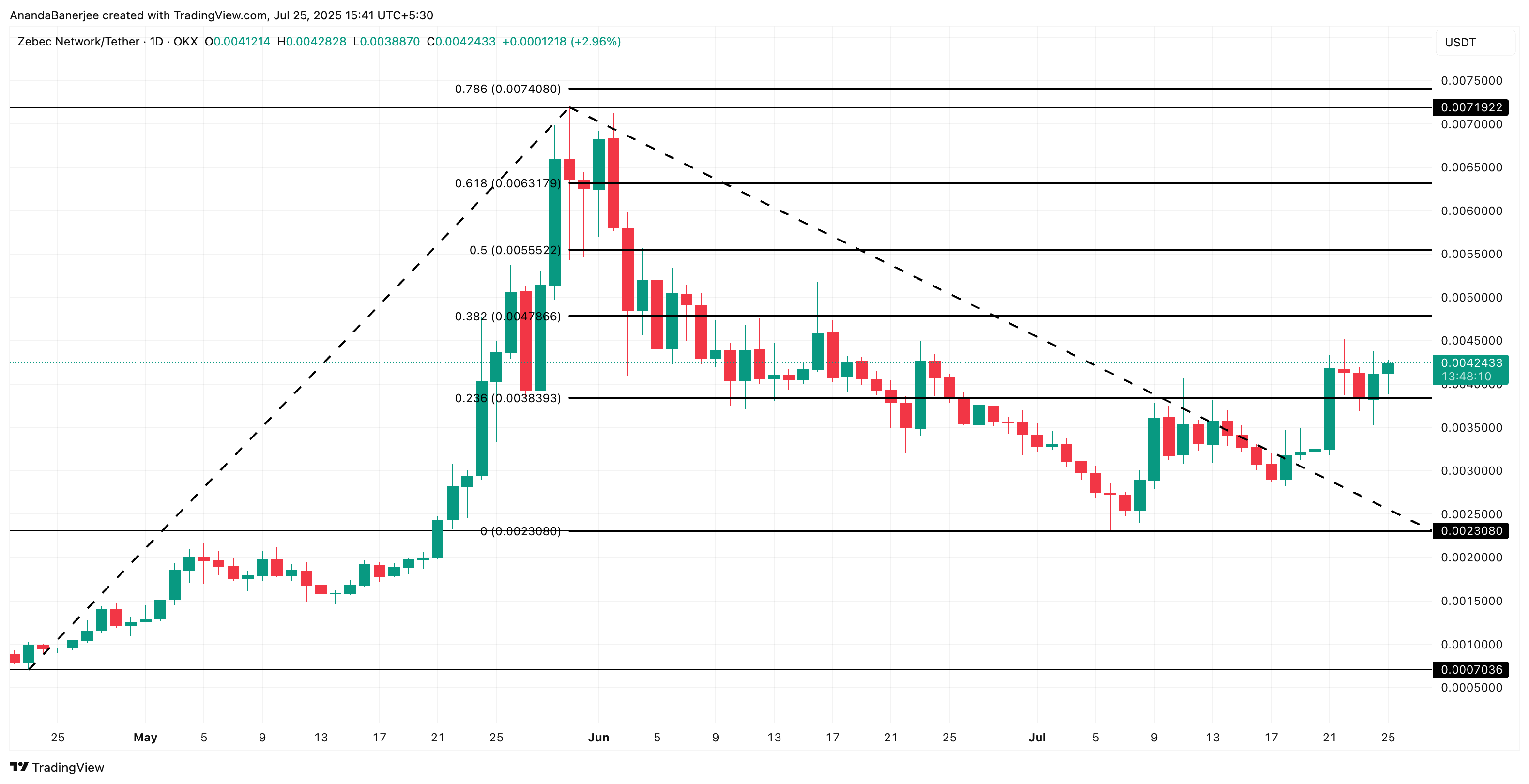Ethereum (ETH) has declined for five consecutive months. However, it enters May with rising optimism. Historical trends, on-chain data, whale accumulation behavior, and upcoming technological upgrades form a strong foundation for a potential price rebound.
Here are four key reasons why analysts believe ETH could recover strongly in May.
Why Ethereum Might Recover in May 2025
The first reason stems from ETH’s historical price performance. Data from CoinGlass shows that May is typically the best-performing month for ETH.
Over the years, ETH has posted an average return of 27.36% in May, the highest among all months.

While not every May ends with gains, historical trends suggest this month usually brings positive sentiment and upward momentum for ETH. Given the current conditions, Cyclop expects ETH to maintain its growth this month and reach the $2,500 target.
“May is historically the best month for ETH. $2,500 by the month’s end,” analyst Cyclop predicted.
Another critical factor supporting a bullish outlook is on-chain data, particularly the MVRV (Market Value to Realized Value) ratio. According to analyst Michaël van de Poppe, ETH’s MVRV ratio is currently at its lowest since March 2020, when the COVID-19 pandemic heavily impacted the crypto market.
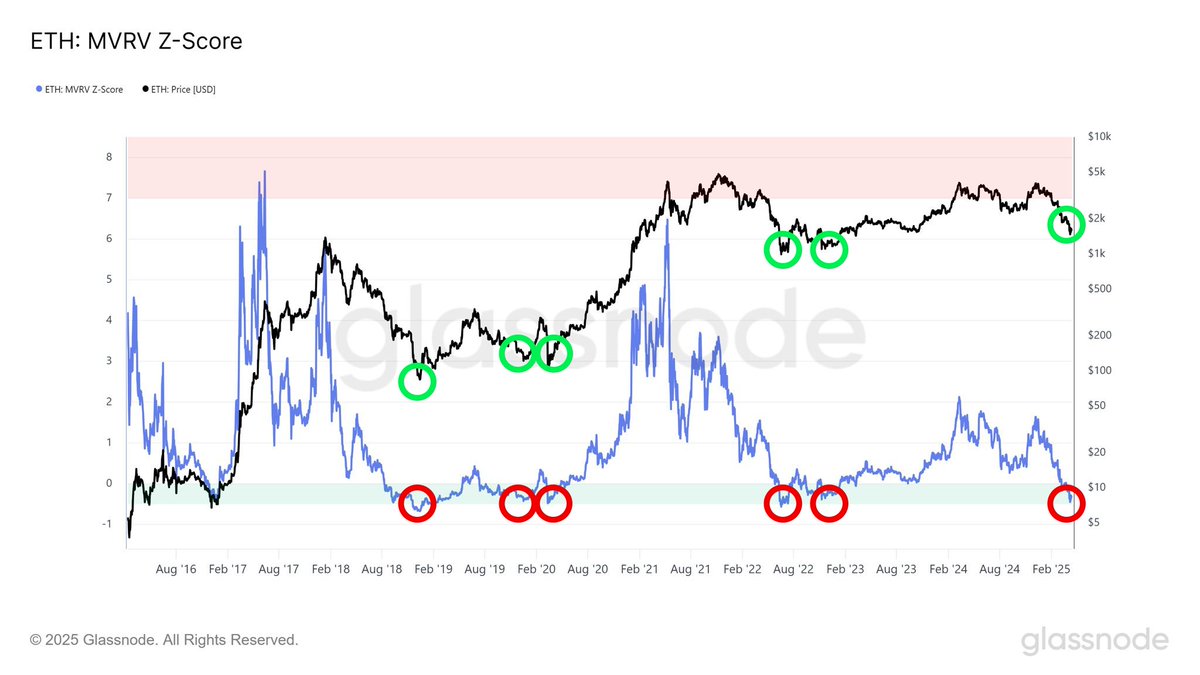
A low MVRV ratio suggests ETH is undervalued compared to its on-chain value. This signal has only appeared six times in the past ten years, often preceding major recoveries. The chart also indicates that ETH could experience significant growth within the next 3 to 12 months.
The third bullish sign is recent whale accumulation behavior. According to CryptoQuant, these investors didn’t abandon their strategy even though ETH’s price dropped, and many accumulation addresses remain at unrealized losses.
Instead, they increased their ETH holdings.
On March 10, accumulation addresses held 15.5356 million ETH. By May 3, this number had climbed to 19.0378 million ETH — a 22.54% increase.
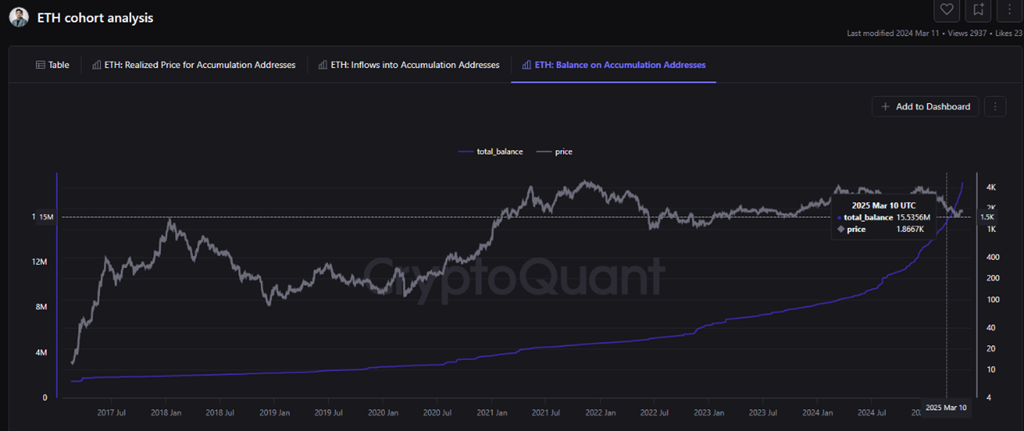
“ETH investors demonstrate strong belief in the asset, project, and ecosystem. Their on-chain behavior reflects structural conviction and clear expectations of short-term appreciation — aligned with Ethereum’s broader evolution,” analyst Carmelo_Alemán said.
Finally, Ethereum’s upcoming Pectra upgrade, scheduled for May 7, 2025, contributes to market optimism. The upgrade aims to improve wallet usability and user experience. It could boost dApp adoption and long-term ETH demand.
Meanwhile, May 7 is also the date of the FOMC meeting, where the Fed will announce its interest rate decision. If macroeconomic news is favorable, it could amplify ETH’s short-term gains alongside the other factors.
However, if the news is negative, it could complicate ETH’s price action in May.
The post Analysts Highlight 4 Reasons Why ETH Price Could Rebound Strongly in May appeared first on BeInCrypto.



